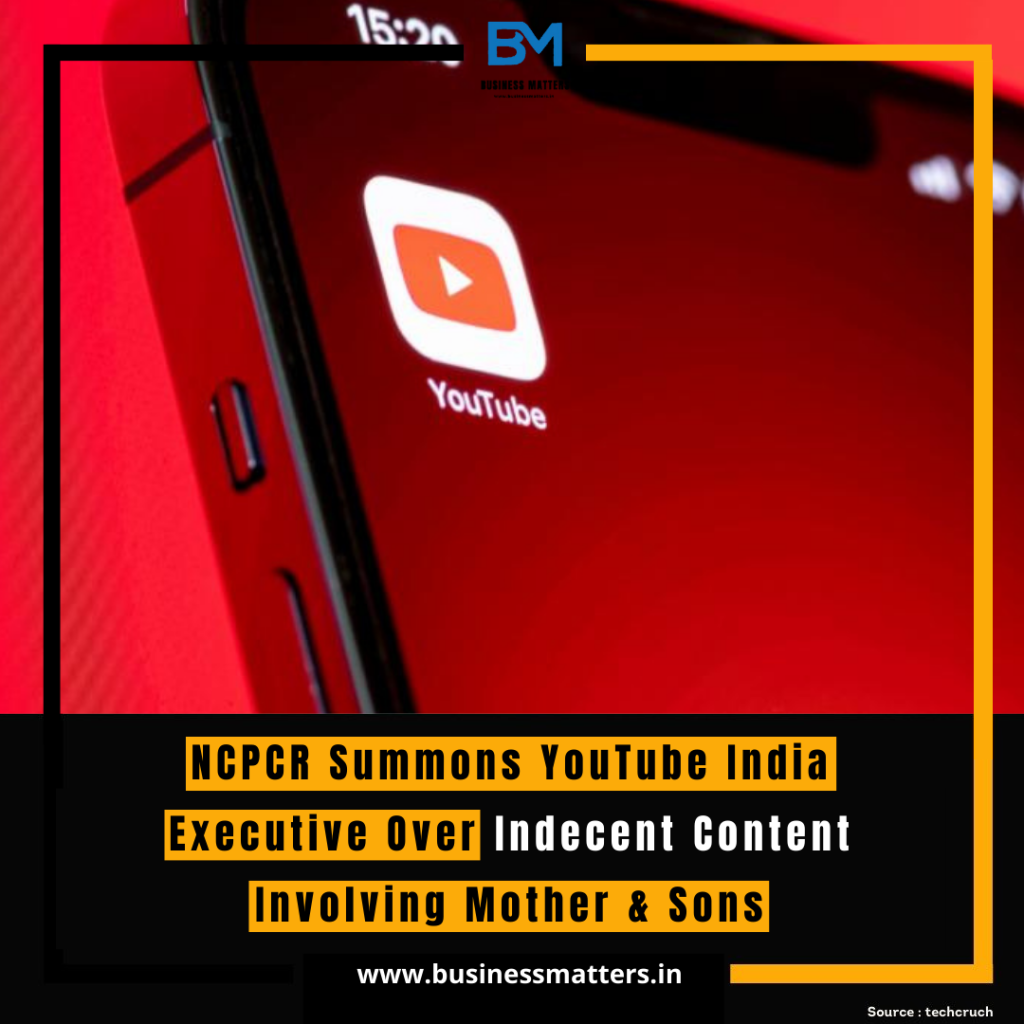In a recent development, the National Commission for Protection of Child Rights (NCPCR) has taken a stern stance against the proliferation of indecent content on YouTube involving inappropriate themes surrounding mothers and sons. This move comes as a response to growing concerns about the impact such content may have on the impressionable minds of young viewers.
The NCPCR, as the apex body safeguarding children’s rights in India, has summoned a high-ranking executive from YouTube India to address the issue. The commission aims to discuss measures that can be implemented to curb the production and dissemination of content that crosses ethical boundaries, especially when it involves familial relationships.
The rise of inappropriate content on online platforms has become a pressing issue, with YouTube being one of the major platforms targeted for its vast user base, including children and teenagers. The NCPCR’s summons signals a proactive approach to safeguarding the mental and emotional well-being of young audiences who may be exposed to content that is not age-appropriate.
The concern primarily revolves around content depicting inappropriate relationships between mothers and sons, which can be detrimental to the healthy development of children and can potentially contribute to the erosion of societal values. The NCPCR’s intervention is seen as a step towards ensuring responsible content creation and consumption on digital platforms.
YouTube India, being a prominent player in the online content space, holds a significant responsibility to regulate and monitor the content hosted on its platform. The summoned executive is expected to engage in a dialogue with the NCPCR, presenting measures already in place to address such concerns and proposing additional strategies to prevent the proliferation of inappropriate content.
One of the key aspects that the NCPCR is likely to focus on is the implementation of robust content moderation algorithms and policies. Ensuring that YouTube employs advanced technologies to detect and filter out content that violates community guidelines will be crucial in maintaining a safe and age-appropriate environment for users, especially minors.
Moreover, the NCPCR may emphasize the importance of collaboration between regulatory bodies and online platforms to establish a framework that promotes responsible content creation. Striking a balance between freedom of expression and safeguarding the interests of young viewers is paramount, and the summoned executive will likely be urged to actively participate in such collaborative efforts.
The incident also brings to light the necessity for parents and guardians to be actively involved in monitoring and guiding their children’s online activities. Educating caregivers about the potential risks associated with inappropriate content and providing them with tools to restrict access to such content can complement the efforts of regulatory bodies and online platforms.
In conclusion, the NCPCR’s summons of a YouTube India executive reflects a growing concern over indecent content involving mothers and sons on the platform. This move highlights the need for a collaborative approach between regulatory bodies and online platforms to create a safe digital environment for young users. As the discussion unfolds, it is anticipated that measures will be proposed and implemented to ensure responsible content creation and consumption, particularly concerning themes that could negatively impact the well-being of children.


